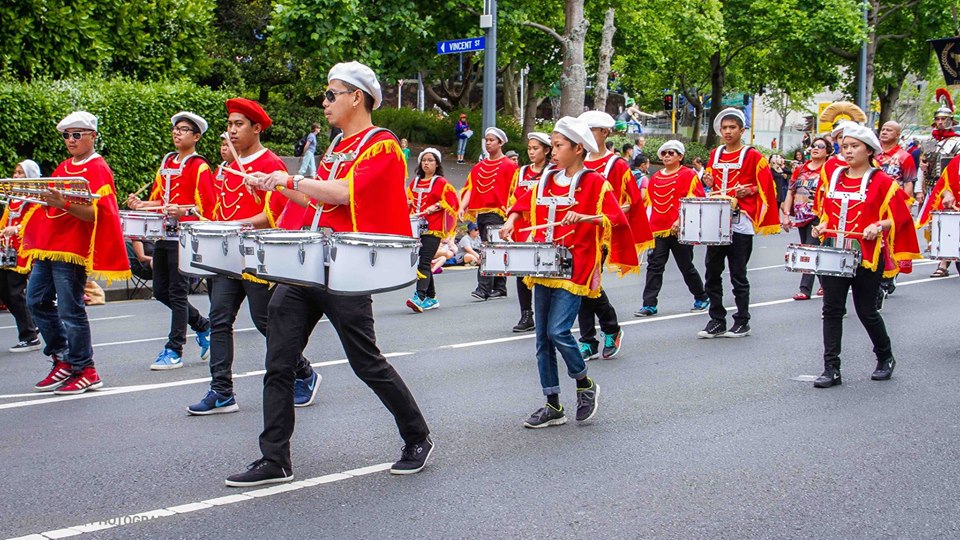By Mel Libre
Friday, January 14, 2011
“DANCE the Sinulog/ Praise the Holy Child Jesus/ Viva Pit Señor!” –The M. Batulan Haiku Collection
With all of our instrumentalists on vacation, I was left alone to provide guitar accompaniment to the singers assigned to the third and seventh days of the Sto. Niño novena masses in Good Shepherd Parish in Balmoral, Auckland, New Zealand.
TawagAwit led the devotees in singing Bisaya missal songs mostly composed by Fr. Rudy Villanueva and Narcisa Fernandez last Sunday, while the Katilingbang Bisaya sa New Zealand (KBNZ) did the same on Jan. 13.
It is a thoroughly wonderful experience when one hears Bisaya songs thundering in a church, as most of the Bisaya-speaking brethren pour their hearts out as they offer their voices in praise of the Lord.
Most popular was “Batobalani sa Gugma,” accompanied in the pipe organ by Dicdic del Rosario, chairperson of the Auckland Catholic Filipino Chaplaincy. It warmed up the congregation for the drumbeat that signaled the start of the Sinulog dancing in front of the well-adorned image of the Sto. Niño de Cebu.
Fr. Sam Pulanco, who was ordained two years ago in Auckland, served as celebrant in both instances. In his homily on Thursday, he delivered a remarkable sermon about dancing in the church and out in the streets.
A Sto. Niño devotee long before becoming a priest, Father Sam is usually the life of any party for his exceptional dancing talent. Name it—boogie, cha-cha, rumba, etc. But he counts the Sinulog as the ultimate dance of all.
The Bisaya-speaking Ilocano priest said that he had been confronted with comments, especially from the uninitiated, on the “inappropriateness” of dancing inside the church.
His response was, “King David danced to praise God,” quoting 2 Samuel 6:14: “And David danced before the Lord with all his might; and David was girded with a linen ephod.”
He went on to give new meaning to the hand movements of Sinulog. “The swaying of the lifted hands from left to right tells of two aspects of Christ, divinity and humanity.”
He demonstrated another set of movements, raising the hands then bringing it down to the left hips, raising these once more, and down to the right hips. He said: “These movements acknowledge the three persons of God, namely the Father, the Son and the Holy Spirit.”
He concluded that the Sinulog is not just another style of dancing, and though it may not be as popular as Zumba, it is one that is most meaningful for it is a dance of devotion, a dance of praise, a dance of love for Jesus, who became one of us, as a child, and who died for our salvation.
As the drums started to roll, Father Sam moved in front of the image of the Sto. Niño, and danced gracefully the Sinulog. Soon the rest of the congregation (numbering nearly 200) joined him, dancing, praising and loving the patron saint of Cebu, in a far corner of the earth.
Viva Pit Señor!
Published in the Sun.Star Cebu newspaper on January 15, 2011.









